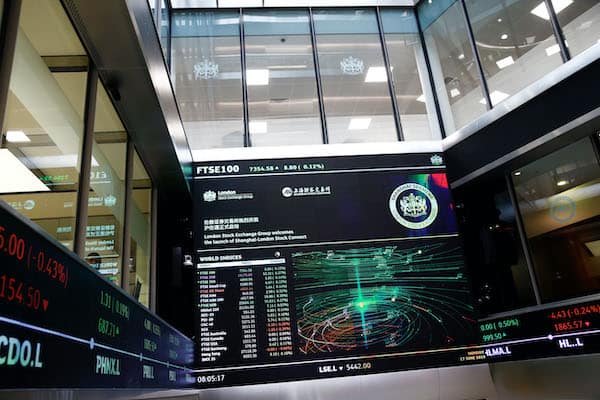Bussiness
Outlook for the second half of 2024 – London Business News | Londonlovesbusiness.com

The first half of 2024 has been a period of contrasts and challenges, marked by economic metrics that have surprised market consensus and a politically charged atmosphere filled with uncertainty.
Investors have navigated a complicated environment where mixed economic signals and political uncertainty have been the norm.
Looking ahead to the second half of the year, it is crucial to understand emerging trends and potential risks that could define the economic and financial landscape for the rest of 2024.
The theme of the first half has been varied. On one hand, some economic indicators have shown deterioration or relative resilience, while dynamism in sectors like technology and artificial intelligence (AI) has been a key driver in taking risks in the U.S. stock market. Leading tech companies continue to report robust earnings, underscoring the crucial role AI could play in the modern economy.
However, potential risks on the horizon could significantly impact markets. Economic slowdown has been evident on several fronts. Traditional sectors like manufacturing continue to show signs of cooling, with the ISM manufacturing PMI, except for the March metric, remaining in contraction since late 2022. Additionally, the services sector surprised by entering contraction territory for the second time in 2024.
All of this is occurring in an environment where the unemployment rate has increased in 2024, rising from 3.7% to 4.1%, which could be concerning according to the “Sahm Rule,” indicating that a significant rise in the unemployment rate could signal an imminent recession.
Considering the evolution of these metrics and the possibility that they continue to fall short of market expectations, additional concerns are inevitable. While the first rate cut by the Fed is still awaited, questions arise about whether the Federal Reserve, by still waiting for clearer confirmation on the disinflation theme, is leading to an unnecessarily more adverse economic environment. The delay in action could exacerbate the economic slowdown and increase market uncertainty.
In the political sphere, uncertainty and surprises have been a constant in 2024. Elections in Mexico, the European Parliament, and France have been clear examples of this, generating tensions affecting instruments like the MXN and European stock markets. This sets the stage for the year’s main political event: the U.S. elections. President Joe Biden’s ability to adequately represent the Democrats against Donald Trump, after a disastrous first debate, remains in question. As we approach November, the impacts of political uncertainty could intensify. A possible return of Trump could mean a more adverse global diplomatic stance, bringing complications and adjustments in political and economic risk premiums globally.
The potential for additional political uncertainty could affect investor confidence and increase volatility in financial markets.
Regarding monetary policy, decisions are becoming increasingly complex. Previously, the focus was exclusively on controlling inflation, but now the Federal Reserve must carefully balance how much and when to start easing monetary policy to control inflation without unnecessarily stifling economic growth, which is increasingly showing signs of slowing. Decisions made in the coming months will undoubtedly be fundamental in directing the economy.
In summary, the second half of 2024 presents itself as a period full of challenges and uncertainties. To navigate this environment, constant monitoring of economic trends, which show signs of deterioration, and political risks will be essential. Additionally, the ability to quickly adapt to changing conditions will be crucial. On the other hand, artificial intelligence is emerging as a key factor and one that has the potential to continue driving risk-taking amid uncertainty.








